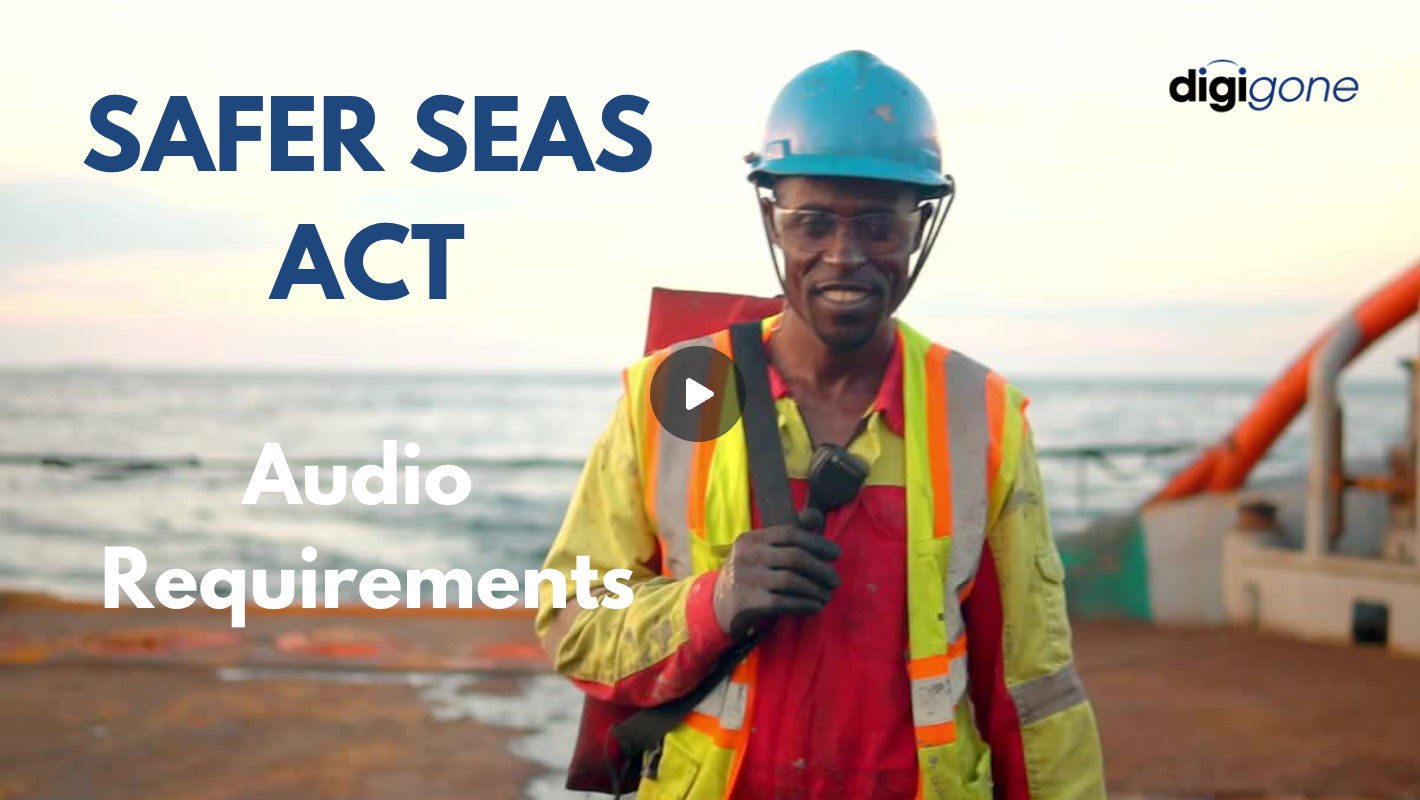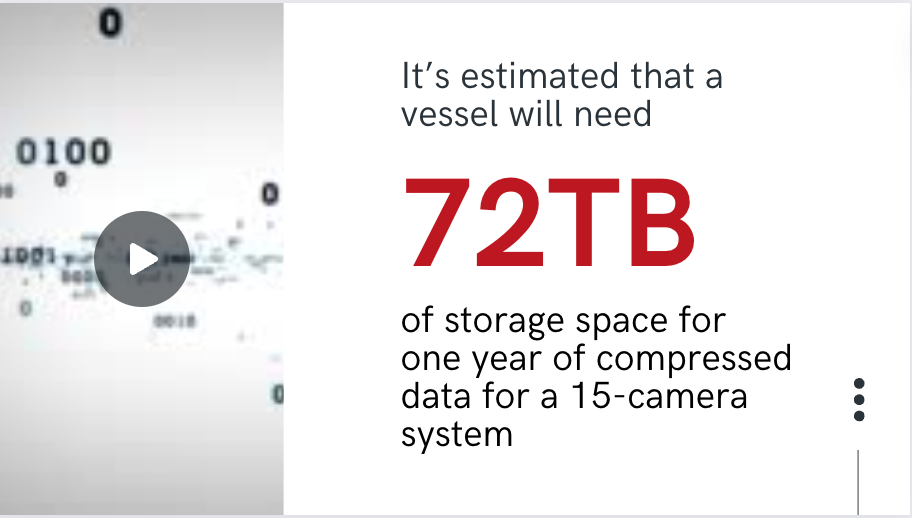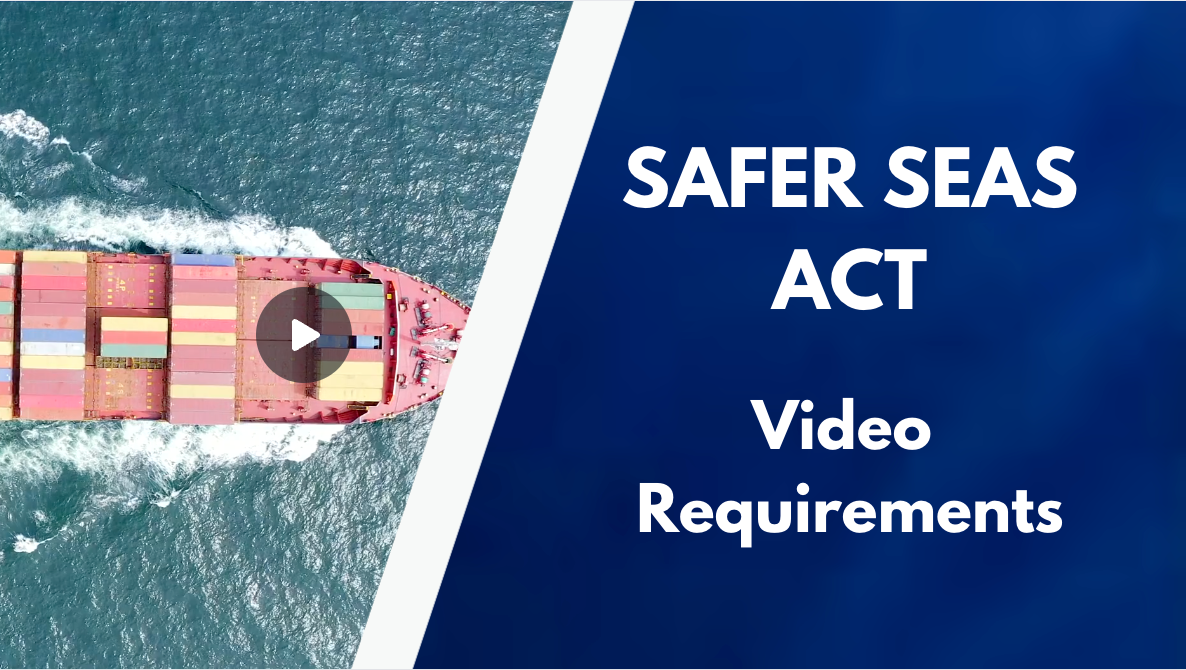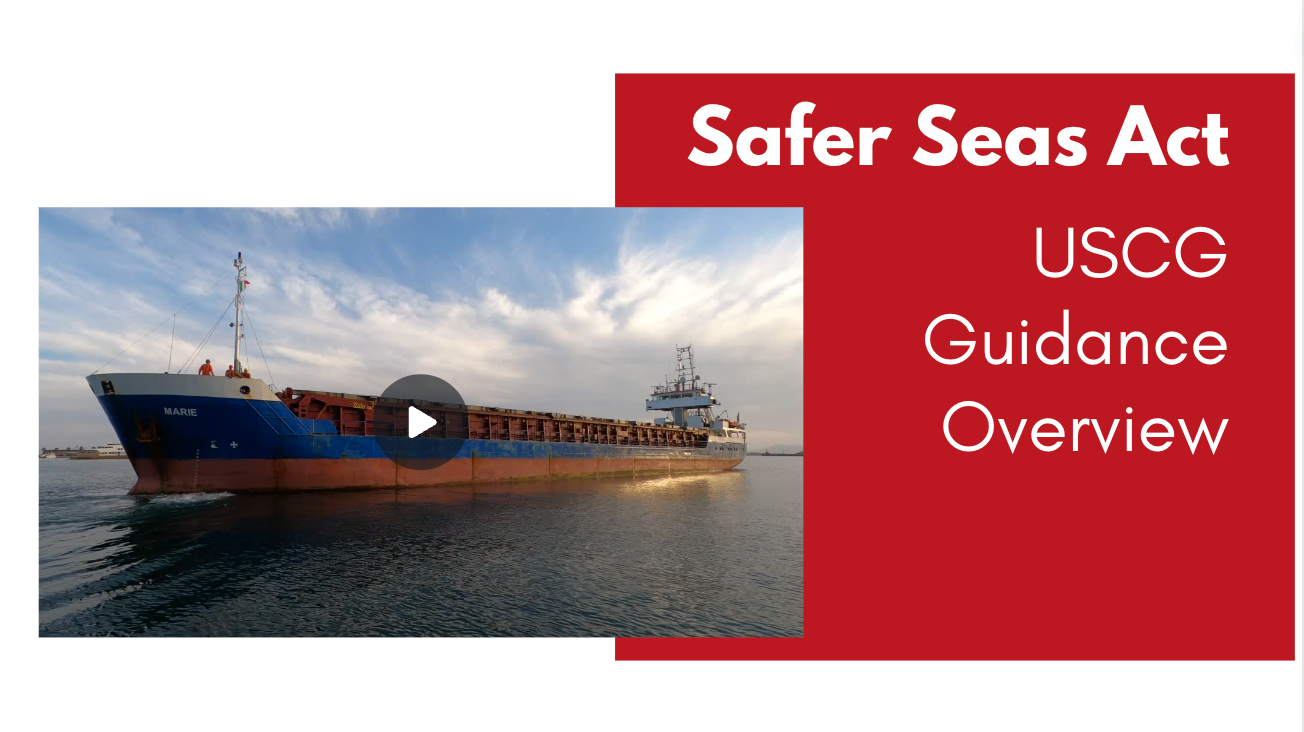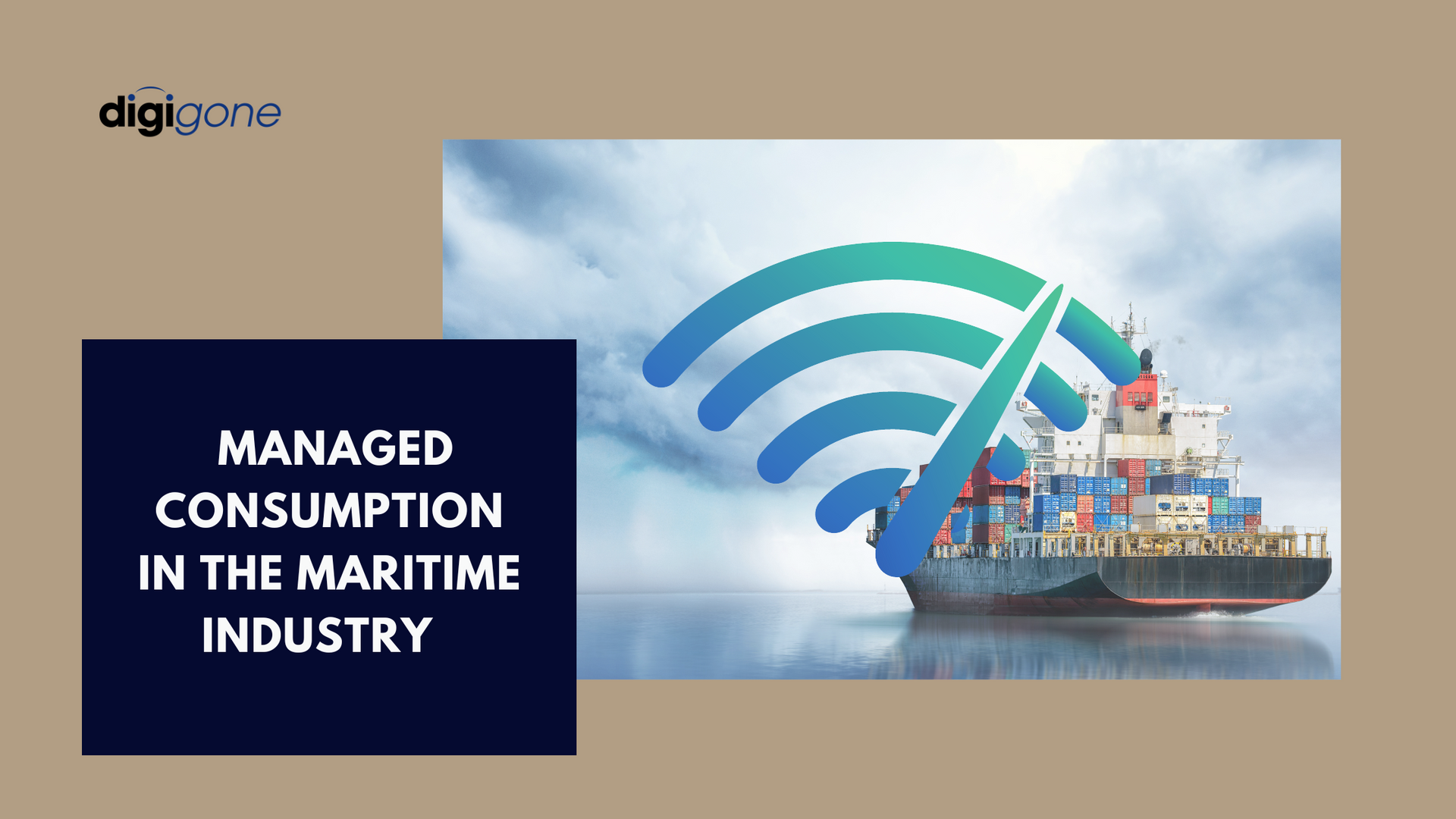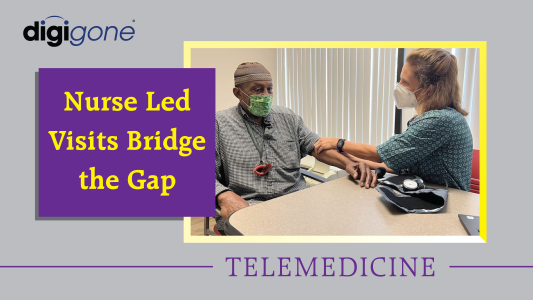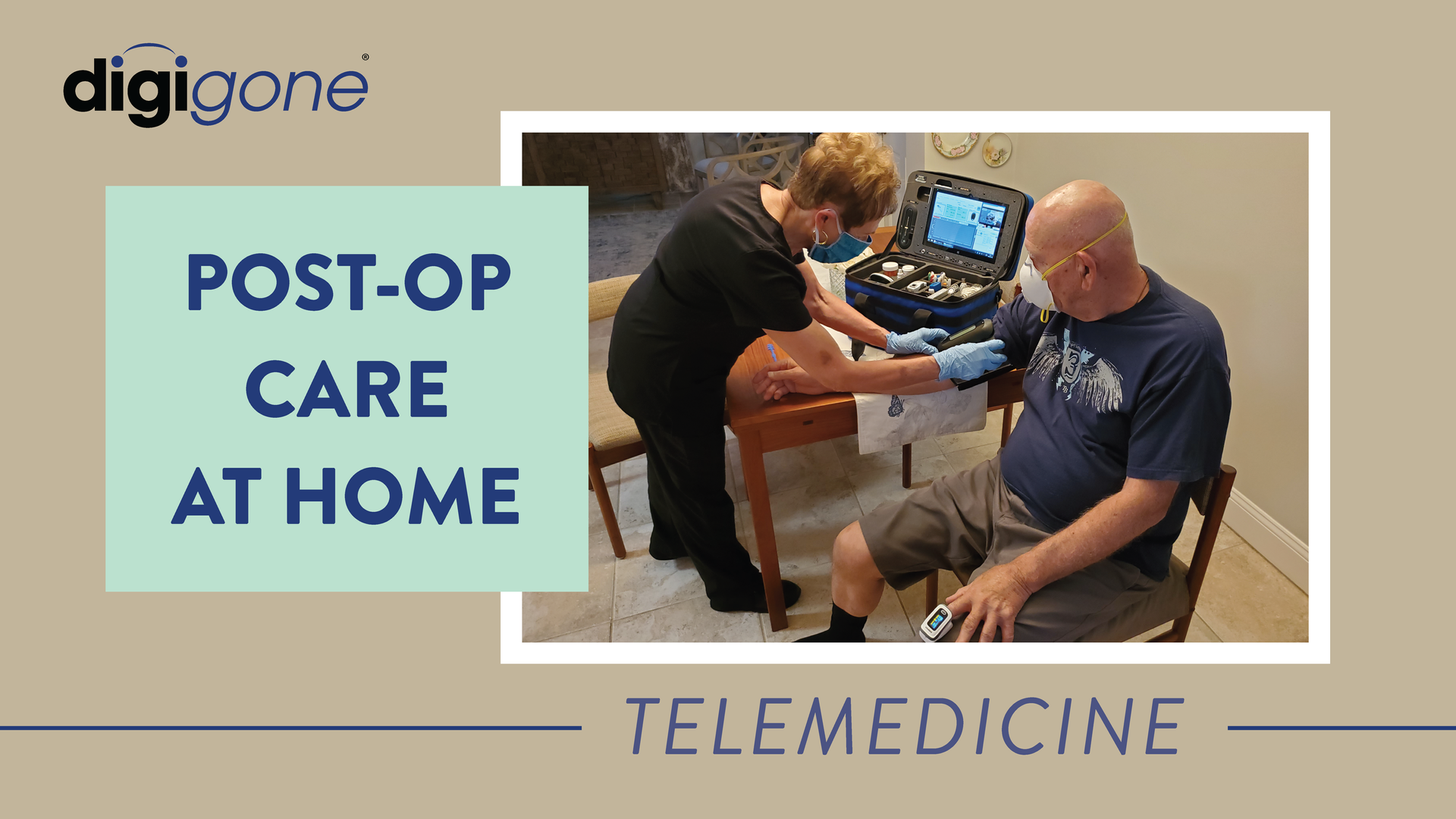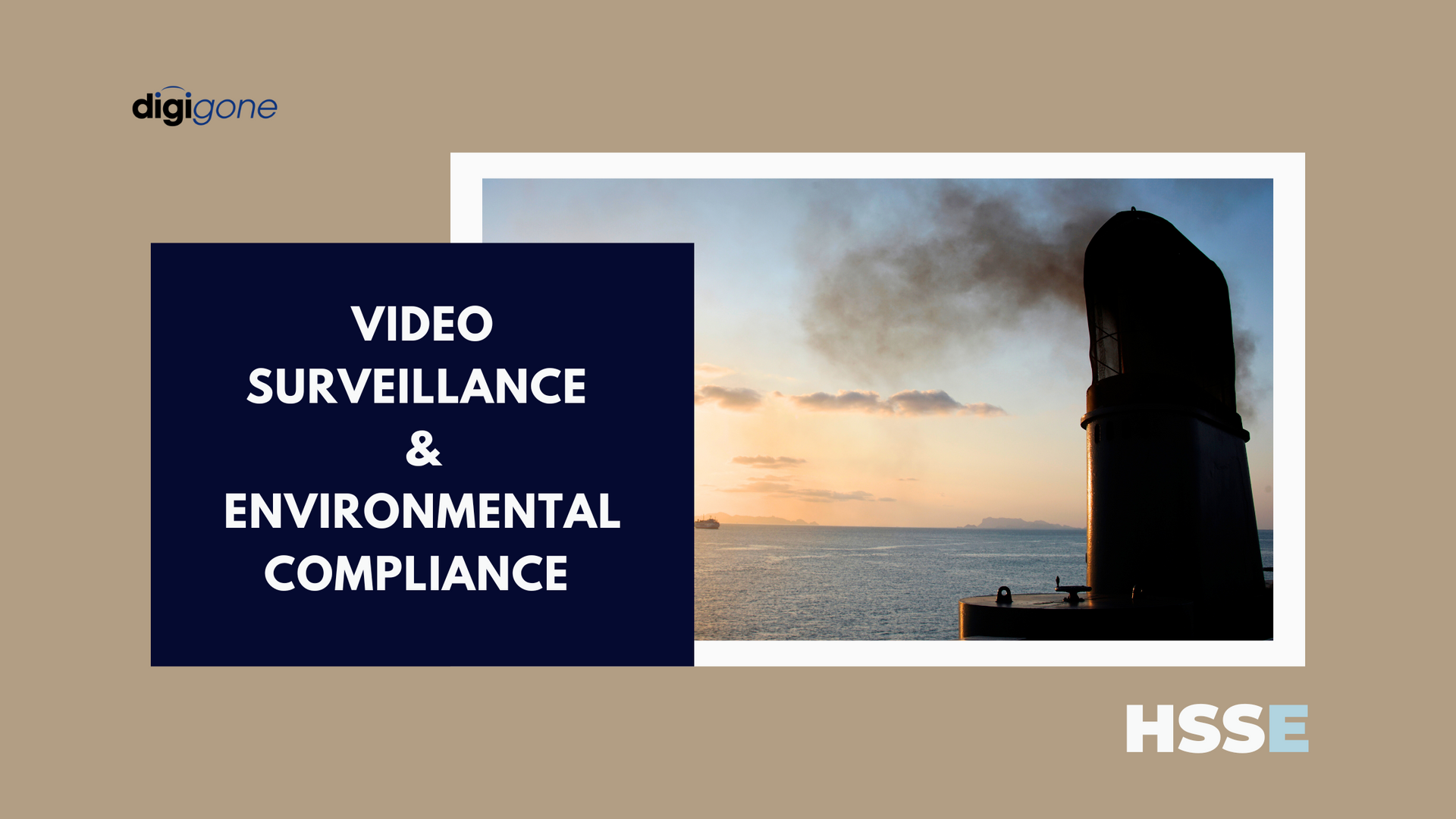The Priceless Power of a Pocket-Sized Ultrasound on Maritime Vessels
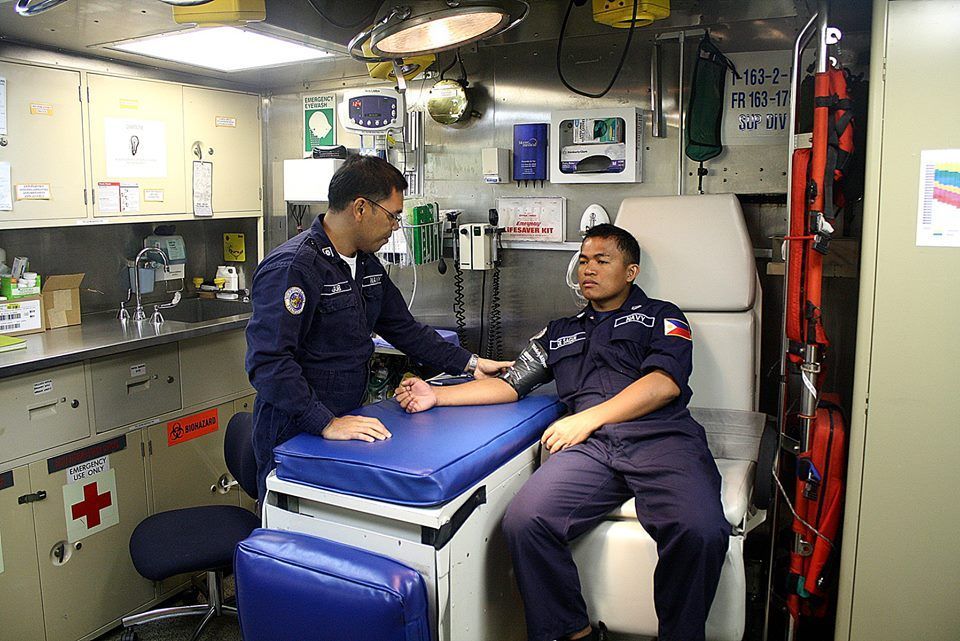
Work in the maritime industry comes with an inherent risk of injuries. By nature, hazards abound. Add to that the length of time many workers are aboard vessels out at sea, and the substantial distance to medical care, injuries or illnesses can quickly become exacerbated. This can lead to an increase in crew downtime, and/or a vessel diversion to get the crew member proper medical treatment.
The CDC reported that from 2011 to 2016, “There were 74 fatal injuries among maritime transportation workers, nearly six times the rate of all U.S. workers.” In that same time period, there were upwards of 9,500 nonfatal work-related injuries. This is why there is a significant effort to have telemedicine kits on board commercial vessels, to provide crew accelerated access to care.
But now there is an option for even greater peace of mind while out at sea: portable ultrasound devices.
Forget the large, cumbersome machines you’ve seen in hospitals. Portable ultrasounds are now pocket-sized tools that can be taken virtually anywhere, transmitting images to a medical professional in real time.
Critical, Timely Diagnosis
Being able to diagnose an injury or illness quickly and accurately is priceless in any situation. After receiving simple training on the use of the device, a designated medical officer can transmit ultrasound images in real time to a doctor by using low bandwidth satellite streaming, which is already available through telemedicine kits . After sending the ultrasound images, crew members can communicate directly with a doctor to determine next steps.
Another advantage to this technology is mobility. There are many situations when moving a crewmate could only aggravate the situation. This small ultrasound device, along with the telemedicine kit , can easily be taken anywhere, connecting to the vessel’s Wi-Fi and transmitting via its satcom from the crew member’s location.
Cardiac Care
It’s been well documented that sailors have a high prevalence of cardiovascular risk factors due to the lifestyle required at sea aboard a vessel. In a 2019 report , The American College of Cardiology found that hand-held ultrasounds were capable of “focused, question-specific exams that may be life saving in the acute situation (...).”
The study went on to explain that, “Most importantly, these hand-held devices may allow more timely access to images for patients who cannot easily travel.”
So, while there is some minor training involved, this tool can provide powerful, life-saving cardiac information while far from port, easing the mind of not only the patient, but vessel captains and medical personnel as well.
Abdominal Symptoms
All seafarers are susceptible to abdominal discomfort, pain or illness, which can mean a myriad of things. Determining the severity of a condition is crucial - from gallbladder issues to septic symptoms. Here again, the portable ultrasound device provides invaluable help for a quick assessment.
A study published in the Singapore Medical Journal that focused on abdominal imagining concluded that, “Pocket-sized ultrasound machines are suitable for detecting a number of pathologies,” and can be “useful in emergency screenings.”
A thorough abdominal examination while out at sea with the remote consultation of a doctor is now possible.
Slips and Falls
One of the leading causes of injuries aboard any vessel or boat is slipping, tripping or falling due to slick surfaces. This is how broken bones, especially elbows and ankles, occur. There’s no way to completely prevent these accidents, but now assessing the seriousness of the situation on the spot is possible.
In 2010, Madigan Army Medical Center conducted a study with U.S. Army Special Forces Medics to determine the usefulness of portable ultrasound devices in detecting long bone fractures in, “environments where other imaging modalities such as radiography are not readily available or practical.”
They concluded that medics were, “able to correctly detect the presence or absence of a simulated long bone fracture with a high degree of sensitivity and specificity.”
Imagine the sense of relief in being able to determine, with certainty, the level of care needed for a member of your crew after a mishap on deck. Captain and crew are far better off knowing if, for example, a swollen ankle is sprained or broken prior to making a decision to divert to a foreign port for care.
The Full Impact of a Portable Ultrasound Device
While out at sea, captains and medical personnel have to make decisions that can seriously impact the lives of the crew and vessel operations. These decisions have far-reaching implications, not just from a financial standpoint, but more importantly, from a health and safety standpoint.
By having a portable ultrasound device as part of a telemedicine kit on board, crews can roll out of port with confidence that they’ll be able to appropriately manage many more medical situations that arise.
nt source.

